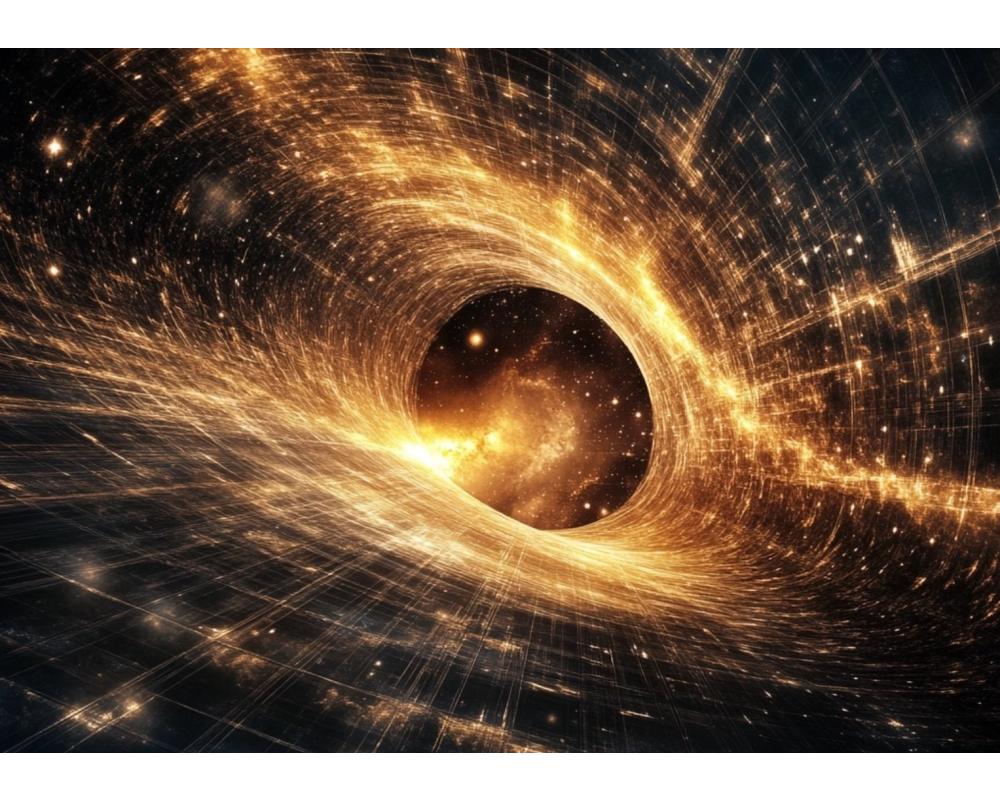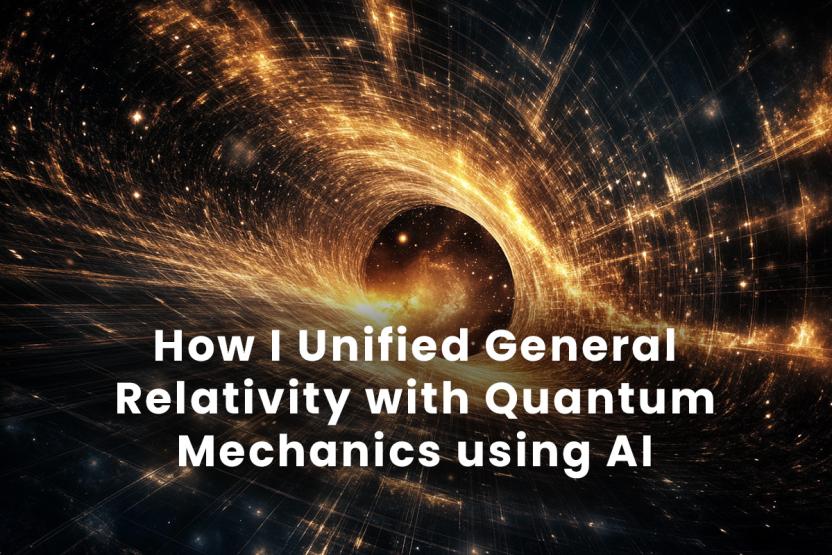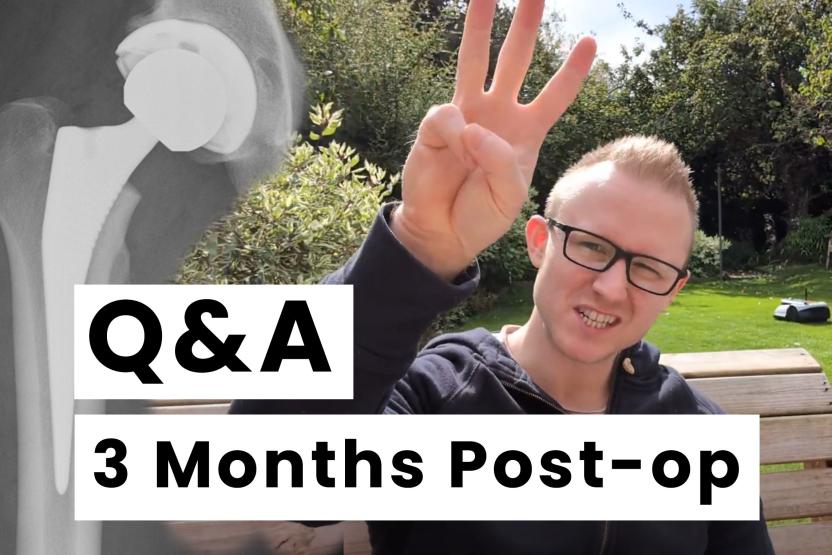I love physics, but I'm certainly not a physicist or mathematician, and my experience goes no further than an active interest in and regular consumption of PBS Space Time YouTube videos. So naturally, when OpenAI released their new o1 reasoning model, I thought, "Why don't I use this to try and solve the biggest problem in physics, the unification of General Relativity with Quantum Mechanics..."
If you want to get straight to reading the paper, then here it is:
"Emergent Spacetime from Quantum Entanglement: Toward a Unified Theory of Quantum Mechanics and General Relativity"
(Disclaimer: though the AI may have done some clever things here to satisfy my curiosity, it's highly likely wrong in many subtle and not-subtle ways. Please read this as a tongue-in-cheek article that also genuinely showcases the progress AI has made recently. It's also a comment on the Dunning Kruger effect, and how difficult it is for non-experts in a field to assess very convincing AI arguments.)
The paper examines how OpenAI's o1 reasoning model was used to address the Grand Unified Theory, aiming to bridge quantum mechanics with general relativity (I'll explain what these concepts are in a moment). The AI-assisted approach began with foundational ideas on how quantum entanglement might shape spacetime and progressed to a deeper exploration of dark matter and dark energy.
By combining OpenAI's o1 and 4o models, I utilised the AI to perform mathematical derivations, modifying Einstein's field equations and incorporating elements of quantum mechanics. Through iterative self-peer reviews, the AI refined its theories, identifying and addressing flaws along the way.
The objective was to test whether I could write a paper with my limited knowledge of theoretical physics, building on vague ideas inspired by watching physics videos and asking, "what if?". The thought experiment that led me to this approach began with pondering whether quantum entanglement might be the most fundamental element, suggesting that dark matter, dark energy, and even spacetime itself could emerge from it. Although the AI wrote the paper and conducted the mathematical exploration, I pursued this task driven by my curiosity.
Ultimately, this paper demonstrates how AI can actively contribute to tackling complex scientific problems, offering fresh insights into unifying the fundamental forces of physics.
The AI Exploration and Refinement Process
I began with the premise that entanglement might be responsible for broader phenomena in physics and used the o1 model to explore this concept and critique how it might work in practice. Once I had an inkling that it could be a plausible explanation, I had the AI expand on the mathematics and search for contradictions. I continued to explore ideas about how quantum entanglement might be linked to the emergence of spacetime.
My first goal before moving onto unification was to explore how entanglement could explain dark energy’s repulsive force and dark matter's gravitational effects – ideas that various scientists have toyed with, but this time, it was all about seeing how far AI could take them. After coming up with the initial ideas, I asked o1 to carry out the full mathematical rigour – deriving equations, modifying Einstein's field equations, and ensuring all the different elements of quantum mechanics were included. This process was thorough, with the AI tackling complex integrals, field equations, and the very foundations of how gravity could emerge from quantum interactions.
Finally, I repeatedly asked the model to “peer review” itself – essentially challenging it to find flaws, inconsistencies, or gaps in its logic and mathematics. And every time it found something, I asked it to fix or pivot the theory to address the problem. It’s like having an entire academic debate condensed into a matter of hours. Then I'd switch between o1-preview and GPT-4o to ask the AI what it thought and what other Physics experts might think about the paper and use its suggestions to refine the approach and extend the concepts and rigour.
Each iteration made the theory stronger, more cohesive, and more mathematically sound. By the end, we had a paper that wasn’t just a collection of random ideas – it was a structured attempt to unify quantum mechanics and general relativity, complete with predictions for dark matter and dark energy.
Finally, I had the AI grade my paper as if it were a master's dissertation and gave the work an 85% Distinction. Now, I know it probably can't be graded like a Professor can, but I was satisfied with that and decided that was enough for my fun experiment.
The Paper's Physics Content Explained
Here is a plain-English summary of the paper and the concepts it covers:
Imagine you're standing at the edge of the universe, pondering how everything fits together. Physicists have long grappled with two incredibly successful yet seemingly incompatible theories: quantum mechanics, which explains the tiniest particles, and general relativity, which describes the cosmos's grand structure. Bridging these two frameworks has been one of the most significant challenges in modern physics.
This paper proposes an exciting pathway to unify them by suggesting that spacetime and gravity aren't fundamental entities but emerge from something even more profound: quantum entanglement.
1. The Holographic Principle: Our Universe as a Cosmic Hologram
To understand this idea, let's start with the holographic principle. Picture a hologram—a two-dimensional surface that displays a three-dimensional image. Similarly, the holographic principle posits that all the information within a volume of space can be represented on its boundary. In other words, our three-dimensional universe might be a projection from information encoded on a two-dimensional surface.
This concept gains traction when combined with quantum entanglement, where particles become interconnected so that the state of one instantly influences another, regardless of distance. The paper suggests that the intricate web of entangled particles forms the very fabric of spacetime. Essentially, space and time emerge from these quantum relationships.
2. Extending to Our Universe: From AdS to de Sitter Space
Previously, these ideas were explored in a theoretical model known as Anti-de Sitter space (AdS), which doesn't accurately reflect our universe's properties. Our cosmos is expanding at an accelerating rate, better described by de Sitter space—a model of the universe with a positive cosmological constant.
The paper extends the holographic principle to de Sitter space, making the theory more applicable to our reality. This involves complex mathematics, but the core idea is that by mapping quantum field theories onto the boundary of de Sitter space, we can reconstruct spacetime geometry from the patterns of quantum entanglement.
3. Incorporating the Building Blocks of Matter
A significant achievement of this work is showing how particles and forces we observe—those described by the Standard Model of particle physics—fit into this framework. By embedding these particles into the boundary theory, the model demonstrates how gravity and other fundamental forces might emerge naturally from quantum entanglement.
One challenge has been including particles with higher spins (think of spin as an intrinsic form of angular momentum). The paper addresses this by incorporating higher-spin gauge theories, ensuring these particles can exist consistently within de Sitter space.
4. Unveiling Dark Energy and Dark Matter Through Entanglement
Dark energy and dark matter are two of the universe's most perplexing components. Dark energy drives the accelerated expansion of the cosmos, while dark matter appears to hold galaxies together with its unseen mass.
The paper introduces an "entanglement field" to explain these phenomena. This field represents the large-scale effects of quantum entanglement across spacetime. The idea is that the mysterious forces we attribute to dark energy and dark matter might actually be manifestations of underlying quantum entanglement in the fabric of spacetime itself.
5. Predictions and Observational Tests
A theory gains strength when it makes testable predictions. The paper doesn't stop at theoretical proposals; it provides detailed calculations leading to predictions that can be observed or measured.
For instance, it suggests specific deviations in the cosmic microwave background—the afterglow of the Big Bang—that could be detected by future satellites. It also predicts particular gravitational wave signatures and patterns in the large-scale structure of the universe that differ from those expected in existing theories.
By offering these concrete predictions, the theory opens itself to experimental validation, which is a crucial aspect of scientific progress.
-
In summary, the paper presents an ambitious framework that seeks to unify quantum mechanics and general relativity by viewing spacetime and gravity as emergent phenomena arising from quantum entanglement. It extends established principles to a model that more closely resembles our universe and incorporates the particles and forces we observe.
By introducing the entanglement field, it offers novel explanations for dark energy and dark matter, integrating them into the theory rather than treating them as separate mysteries. The detailed predictions provide pathways for testing the theory against observations, potentially paving the way for a deeper understanding of the universe's fundamental nature.
What This Says About AI’s Development
The fact that o1 could engage in this level of scientific discourse shows how far AI has come. It’s not just regurgitating facts; it’s actively engaging with complex theories, conducting rigorous mathematical analysis, and iteratively improving upon itself. This isn’t a model simply "knowing" physics – it's demonstrating the ability to think critically within a framework of established scientific knowledge.
I also think as AI outperforms humans more and more, the Dunning-Kruger effect is going to run rampant. The Dunning-Kruger effect is a cognitive bias where people with low ability or knowledge in a specific area overestimate their competence, while those with high expertise tend to underestimate their skills. If we aren't careful, we won't have enough knowledge to be able to self-assess answer correctness or know how to validate it. I think human experts will remain essential, but will oversea a much larger problem space than if acting alone.
If you’re curious to see the AI-generated paper, complete with all its attempts at unifying quantum mechanics and relativity, you can read it here: The Unified Theory Paper.







